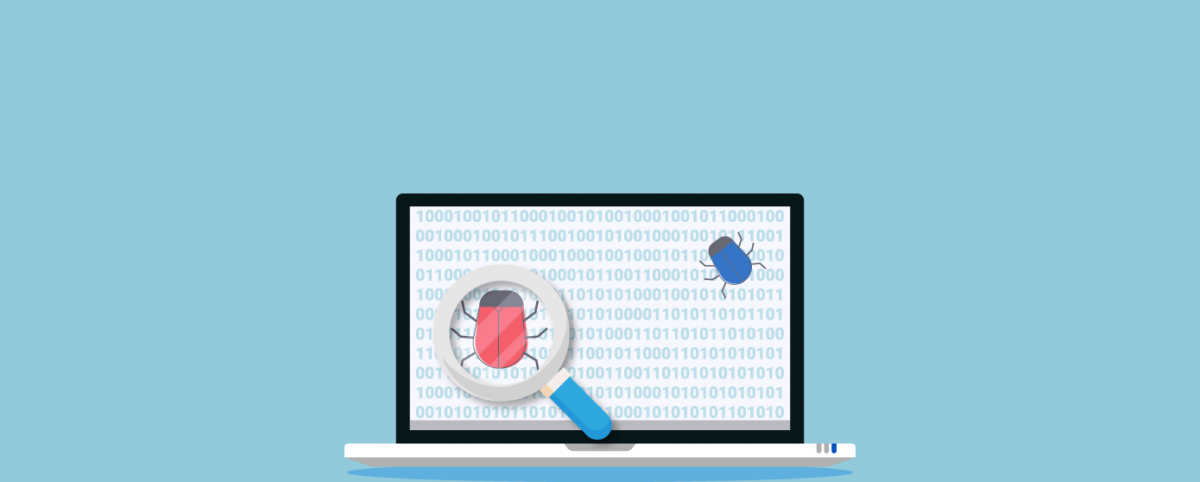Tips to Avoid Harming Website While Running Vulnerability Scanning
Vulnerability scanners are one of the easiest ways for organizations to scan their system, network, and web applications to identify any security-related loophole. A web vulnerability scanner combs through an application to identify exploitable security issues and suggests relevant remedies.
When it comes to vulnerability scanning, planning and preparation can make the actual difference between an illuminating and accurate scan and a big IT pressure. Failure to account for traffic patterns, usage schedules, accommodate legacy software and hardware and port management strategies can all contribute to a security scan, which has the capability of sourcing as many problems as it uncovers.
Yet the wide variety of easy-to-use web application vulnerability scanners available on both the free open-source and commercial markets, which has assisted security-conscious businesses in vulnerability assessment could itself contribute to a false comfort of system safety and security if not launched properly.
Hidden Dangers of Unprepared Scanning
Vulnerability scanners help give direction to an organization’s security planning by understanding the overall risk that their network is in. Being automated, it is easy to use and is also cost-effective in the long term. But on the flip side, it can be used by cybercriminals to find out a gap that they can misuse.
A web or app vulnerability scanner can run both invasive and non-invasive scans. A non-invasive scan is safe but can only run basic tests without messing with the application. An invasive scan is more sophisticated and requires simulating a real attack. This may expose the web app to attackers.
For example, when testing for attacks like SQL injections or cross-site scripting, an invasive scan will inject bogus data into the database to check for vulnerabilities. This will lead to the creation of comments or posts on the web app. A hacker can take advantage of this vulnerability now. Without a robust field validation, a hacker can send bogus data to your web app to invade it and trigger unexpected reactions from the web app such as revealing confidential information or exposing the web app to further attacks. Similarly, automated scans can also cause sensitive websites to crash or delete critical data.
Tips for Effective and Accurate Vulnerability Scanning
Based on our experience in vulnerability scanning, if you are not following the below-mentioned steps, you haven’t tested your web environment properly.
1. Ensuring a back-up procedure when using invasive scans
Sometimes, it is necessary to use invasive scans when checking for vulnerabilities such as stored or persistent XSS attacks, where junk input is injected into a web application. In a stored XSS attack, an application is vulnerable if it does not validate the input before storing and embedding it. A garbage input is then stored and served to users automatically when they visit your web page. When a website vulnerability scanner uses an invasive technique to scan for this issue, it may pose the risk of running this issue on the website forever and exposing it to the attackers.
If you are running such a scan in a production environment, it is important that you have a strong back-up to restore to and that the back-up procedure is already tested.
2. Performing Initial scans as a single user
When you scan a sensitive website, it is best to carry the first few scans as a single user. In that case, if the website slows down or fails to respond within a specified time, the scanner will also slow down. It will stop the testing and raise an alert. Once the website performance returns to normalcy, the scanner can resume the testing process. If this process is not followed, the vulnerability scanner can send multiple requests to the webserver and bring it down as the webserver will undergo a denial of service like effect.
3. Running scans for sensitive websites in a staging environment
For sensitive websites, it is advisable not to start scanning them headfirst in a production environment. This way, you can protect the website from exposing itself to malicious activities. Start the scan in a staging environment, and if everything goes well, you can move on to testing in a production environment.
4. Manually identifying sensitive areas of a website, before running a scan
When beginning to test a website for vulnerabilities, it is advisable to manually look for the sensitive areas of that website first. You should not let those areas run through the automated vulnerability scan as it can trigger an unsavory event. In such a case, you can exclude such paths or run automated scanning through the test accounts only. This will ensure that any negative outcomes of the scanning process are controllable.
5. By avoiding sensitive hyperlinks
A vulnerability scanner will automatically crawl the entire directory of a website including all of its links. This will lead to problems when it ends up crawling and following a sensitive hyperlink. For instance, following a ‘delete’ hyperlink will permanently delete all the users from the database and lead to loss of critical data. In this case, you can alter the target definition to exclude the concerned path or file.
The Closure
At Indusface, we know these preparations and practices better than anyone. As a result, our security services have gotten all these risks behind us.
Want to keep security vulnerabilities away from your web applications? Get in touch with us and stay on top of your web app security strategy.
Stay tuned for more relevant and interesting security articles. Follow Indusface on Facebook, Twitter, and LinkedIn.


 February 16, 2021
February 16, 2021





